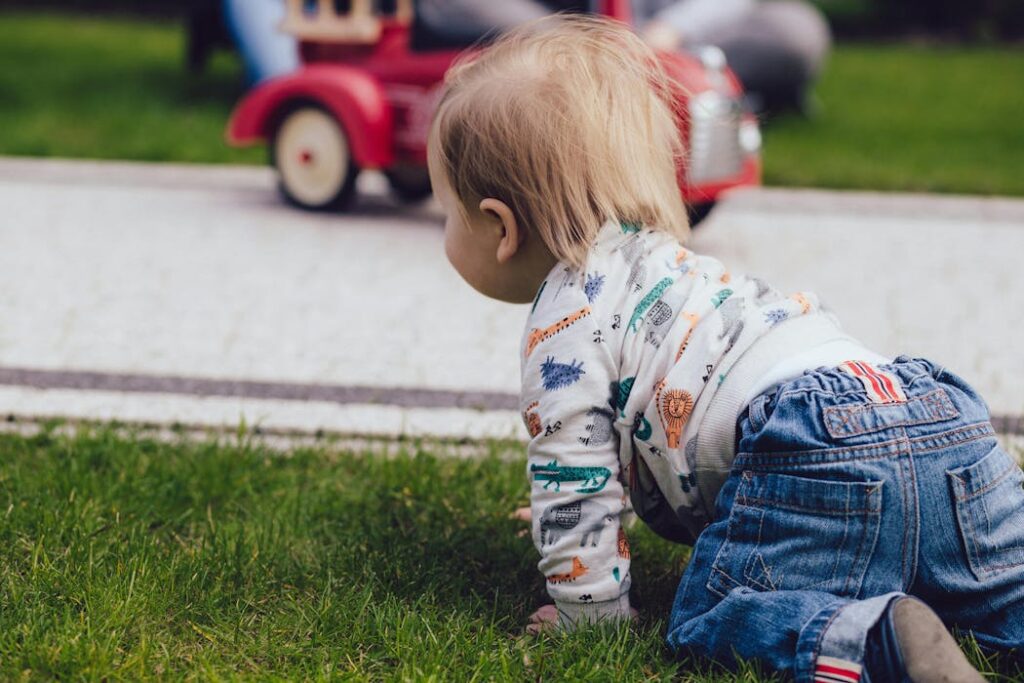
Physiotherapy is not solely the domain of adults recovering from injuries. It plays a vital role in the development of babies and children, particularly those diagnosed with or at high risk of cerebral palsy. Recent research underscores the benefits of physiotherapy in enhancing both physical and cognitive outcomes for these young patients.
Cerebral palsy, a lifelong neurodevelopmental condition, affects movement and function due to injury or developmental differences in the fetal or infant brain. Each individual experiences cerebral palsy uniquely, with variations in the affected body parts, movement abilities, and the impact on mobility, communication, and play.
Understanding Cerebral Palsy
The complexity of cerebral palsy arises from its multifaceted causes, often involving genetic and birth-related factors. Historically, a “wait-and-see” approach was common among medical professionals. However, advancements in evidence-based tools now allow for the early identification of babies at risk, sometimes as young as three months.
By five months, if a baby exhibits movement difficulties, such as favoring one side or struggling to sit independently by nine months, further diagnostic tools like MRI can provide clarity. Early detection opens the door to early intervention, a crucial step in managing cerebral palsy effectively.
The Importance of Early Intervention
Intervention strategies have evolved significantly. Where treatment once began around 19 months, it can now start much earlier. Some infants commence physiotherapy as early as three months, especially if identified as high-risk. Premature babies may even begin therapy while still hospitalized. However, access to early intervention varies, often depending on geographical location. While the National Disability Insurance Scheme (NDIS) offers support, families frequently face delays in securing funding.
Engagement and Exploration
Engagement, a cornerstone of physiotherapy, involves babies actively participating in activities or interactions. Simple actions, like focusing on a toy or moving towards a caregiver, can significantly aid in developing movement skills. Research indicates that when infants engage in play, it fosters connections essential for physical development.
Exploration is another critical aspect, allowing babies to learn about and interact with their environment. Physiotherapists assist in facilitating movement exploration, whether reaching for toys or crawling. For children with cerebral palsy, exploration can be more challenging, yet it is vital for improving mobility, social skills, and independence. Innovations like mini power wheelchairs have shown promise in supporting these developmental goals.
Creating Enriched Environments
Enriched environments present infants with challenges that are neither too simple nor too difficult. Physiotherapists collaborate with families to adapt home environments, encouraging successful play and exploration. Adjustments might include altering toy heights to motivate reaching and grasping, thereby enhancing motor skills.
The Role of Experiences
Experiences shape neural pathways, particularly during the early years when the brain exhibits remarkable plasticity. Physiotherapists guide families in leveraging this neuroplasticity through meaningful, repetitive experiences that promote movement, play, and exploration. For instance, encouraging a baby to roll towards a toy repeatedly can reinforce new skills across diverse environments.
Everyday Intervention and Exercise
Physiotherapists work with families to integrate developmental support into daily routines. Some families prefer structured activities, while others benefit from incorporating therapeutic techniques into everyday interactions, such as lifting a baby to enhance head control.
Exercise is crucial for all ages, contributing to cardiovascular, gastrointestinal, and bone health. Young children with movement difficulties often face increased sedentary time, heightening the risk of cardiovascular issues and obesity. The Australian government recommends at least three hours of physical activity daily for children under five, a challenging target for those with cerebral palsy. Physiotherapy can aid in achieving these goals through activities like extended tummy time, supervised play, and navigating diverse environments.
If concerns about a baby’s movement arise, consulting a GP or child health nurse is advisable.
This article is republished from The Conversation. It was written by Chelsea Mobbs, University of Southern Queensland. Chelsea Mobbs is a university physiotherapy lecturer at UniSQ and co-owns a private pediatric allied health practice. She acknowledges Professor Alicia Spittle (University of Melbourne) for reviewing early drafts of this article.




